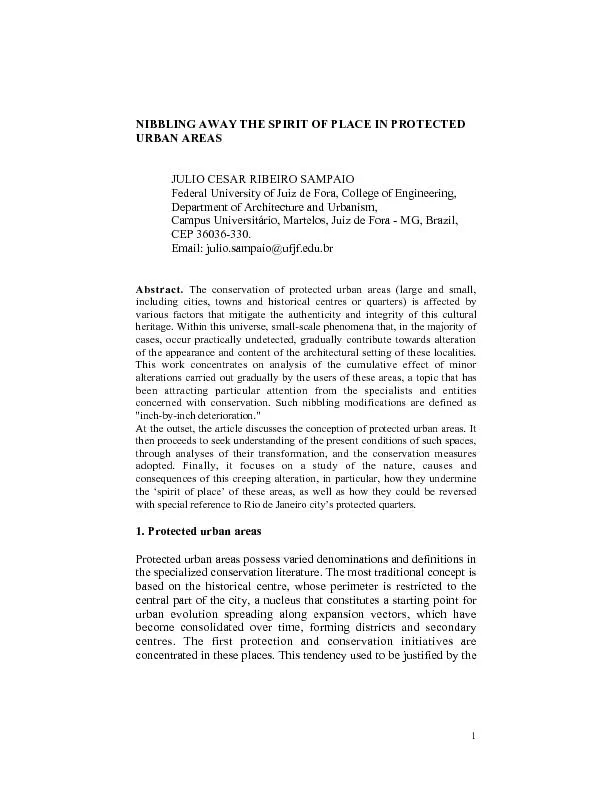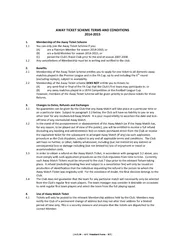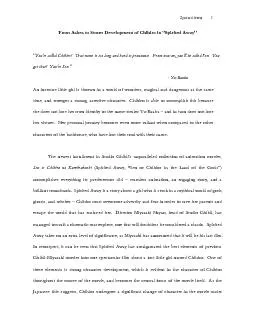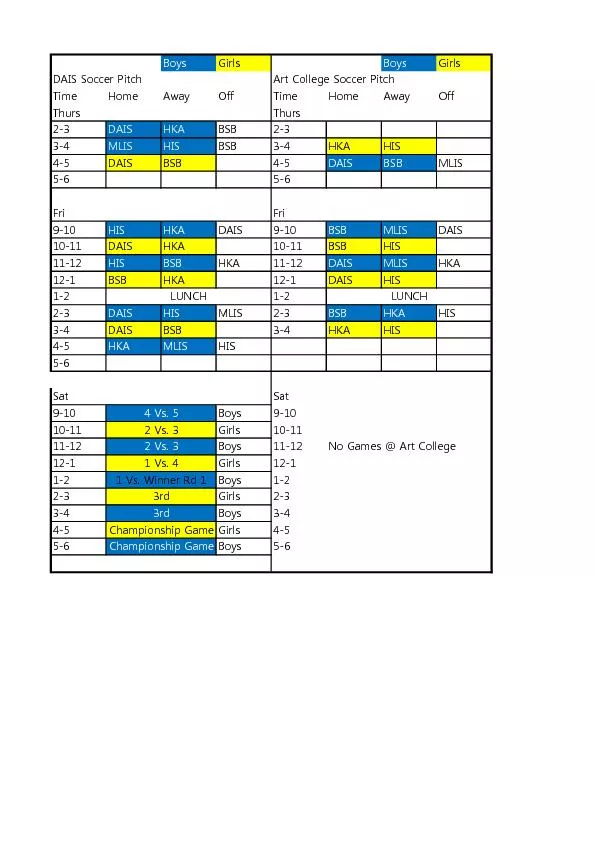PDF-NIBBLING AWAY THE SPIRIT OF PLACE IN PROTECTEDURBAN AREASJULIO CESAR R
Author : giovanna-bartolotta | Published Date : 2016-07-01
1 2 quantity and quality of buildings with potential for protection In thebeginning the attention was concentrated on the buildings of notablearchitectural merit
Presentation Embed Code
Download Presentation
Download Presentation The PPT/PDF document "NIBBLING AWAY THE SPIRIT OF PLACE IN PRO..." is the property of its rightful owner. Permission is granted to download and print the materials on this website for personal, non-commercial use only, and to display it on your personal computer provided you do not modify the materials and that you retain all copyright notices contained in the materials. By downloading content from our website, you accept the terms of this agreement.
NIBBLING AWAY THE SPIRIT OF PLACE IN PROTECTEDURBAN AREASJULIO CESAR R: Transcript
Download Rules Of Document
"NIBBLING AWAY THE SPIRIT OF PLACE IN PROTECTEDURBAN AREASJULIO CESAR R"The content belongs to its owner. You may download and print it for personal use, without modification, and keep all copyright notices. By downloading, you agree to these terms.
Related Documents





![disapproval.]](https://thumbs.docslides.com/109530/disapproval.jpg)








